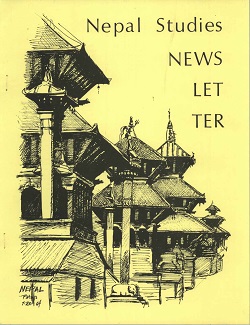Author Biography
Jagannath Adhikari is a Research Fellow at The Australian National University, Canberra, Australia. His research interests are in climate change adaptation, labor mobility, sustainable agriculture and food security, and natural resources management. He has published extensively on these topics.
Mary Hobley is an independent consultant based in London. She is interested in research and consultancy services in various topics related to international development.
Abstract
Over the last ten years, the massive outmigration for foreign employment, mostly to the Gulf and Malaysia, has changed the livelihoods and social structure of rural Nepal. The remittance inflows into rural districts dwarf other flows of finance, and the absence of men from the agricultural and other labor forces has severe effects on agricultural production and gender relations. A study undertaken in the Khotang and Udaypur districts in the hills of Nepal indicates a complex series of social, economic, and ecological effects of migration at household and community level. This paper presents these findings, focusing on the gendered and class effects of migration. It looks at the changes within households and communities, including effects on labor force and labor patterns, shifts in male-female ownership of productive assets, and changes in areas of authority and decision-making. All of these have longer-term effects on social dynamics as well as on the agrarian landscape, including wide-ranging impacts on women’s and children’s lives.
Acknowledgements
The authors would like to thank SDC (Swiss Development Co-operation), Kathmandu for sponsoring the research on which this article is based. The authors, not the SDC, are solely responsible for the subject matter of this article. Thanks are also due to anonymous reviewers for providing constructive comments on the manuscript.
Creative Commons License

This work is licensed under a Creative Commons Attribution 3.0 License.
Recommended Citation
Adhikari, Jagannath and Hobley, Mary. 2015. "Everyone is leaving. Who Will Sow Our Fields?” The Livelihood Effects on Women of Male Migration from Khotang and Udaypur Districts, Nepal, to the Gulf Countries and Malaysia.. HIMALAYA 35(1).
Available at:
https://digitalcommons.macalester.edu/himalaya/vol35/iss1/7


